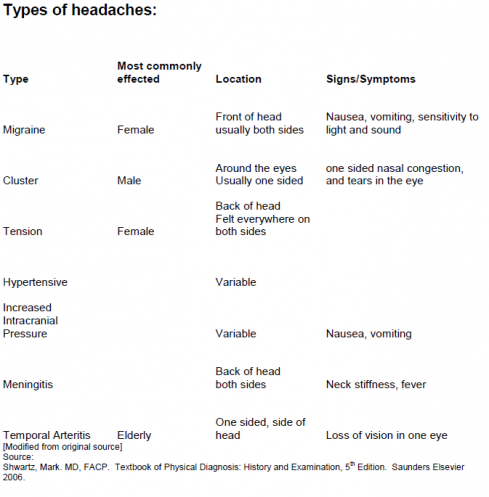The following excerpt explains how Acupuncture can help with weight loss:
"The rationale for using acupuncture for weight control is based in the premise that weight gain could be the result of disturbed energy flow to and from the regulating center of the brain, called the hypothalamus. The hypothalamus is responsible for maintaining "homeostasis" or functional balance that allows the body to run like a finely tuned instrument. It is the body's dispatch center that regulates hormones and neurochemicals, and helps to control body temperature, circadian rhythm, thirst and hunger.
Of particular interest is the ability of acupuncture to influence obesity hormones. Research measuring the effectiveness of acupuncture for weight loss found treatments increased ghrelin, a hormone that controls meal initiation and decreased leptin, the hormone that regulates fat storage and metabolism.
The guiding principal is that acupuncture can power up any other weight control strategy by curbing appetite, quelling cravings, boosting metabolism, improving digestion, regulating obesity-related hormones and enhancing the way nutrients are used. It also strengthens the function of the liver, the organ that produces many chemicals critical for digestion, processing nutrients and breaking down of fats. Acupuncture may also increase tone in the smooth muscle of the stomach to help people know that they are full."
Source: http://www.doctoroz.com/article/acupuncture-and-weight-loss
"The rationale for using acupuncture for weight control is based in the premise that weight gain could be the result of disturbed energy flow to and from the regulating center of the brain, called the hypothalamus. The hypothalamus is responsible for maintaining "homeostasis" or functional balance that allows the body to run like a finely tuned instrument. It is the body's dispatch center that regulates hormones and neurochemicals, and helps to control body temperature, circadian rhythm, thirst and hunger.
Of particular interest is the ability of acupuncture to influence obesity hormones. Research measuring the effectiveness of acupuncture for weight loss found treatments increased ghrelin, a hormone that controls meal initiation and decreased leptin, the hormone that regulates fat storage and metabolism.
The guiding principal is that acupuncture can power up any other weight control strategy by curbing appetite, quelling cravings, boosting metabolism, improving digestion, regulating obesity-related hormones and enhancing the way nutrients are used. It also strengthens the function of the liver, the organ that produces many chemicals critical for digestion, processing nutrients and breaking down of fats. Acupuncture may also increase tone in the smooth muscle of the stomach to help people know that they are full."
Source: http://www.doctoroz.com/article/acupuncture-and-weight-loss

 RSS Feed
RSS Feed
